 Do you have to use a teapot?
Do you have to use a teapot?
Of course not.
You can brew tea in just about any kind of vessel, including right in the cup from which you plan to drink it.
Many mugs come with built-in infusers. And for ones that don’t, there are plenty of tea strainers available that fit into any standard cup.
But if you’re making tea for more than one person, or if you want more than one cup and don’t want to have to brew a new one each time, a larger vessel like a teapot is much better.
Ok. Makes sense. But why do I need instructions on how to use a teapot to make tea? It seems pretty simple.
It is simple. But for the best results, there are a few key things to be aware of. They are things people commonly do wrong. Even if you do them wrong, you still get a decent pot of tea, but doing them right results in a much better cup.
Let’s begin with the teapot itself. There are many types available. Which is best?
Table of Contents
What Teapot Is Best For Making Tea?
Nothing beats a teapot for making your morning or evening cup of tea, but what kind of teapot should you use? There are so many options: cast-iron, glass, ceramic, porcelain, aluminum, silver or stainless steel.
English tea drinkers tend to prefer glass, ceramic, or porcelain. Americans generally opt for stainless-steel or glass. The Japanese favor cast-iron teapots (called tetsubin), since they retain heat well. The Chinese like purple clay teapots (called yixing).
So which is best for you?
It depends on personal preference and the type of tea you drink. One feature I always recommend is to get a pot with a built-in infuser. It makes brewing tea so much easier.
I love glass teapots, because they allow you to see the water change color as the tea leaves are steeped. I can judge when y tea is ready, without needing to set a timer. I simply wait until the tea has the color I like.
I have an article listing all the best glass teapots with built-in strainers.
I use my glass teapots for every type of tea, but if you only brew certain types, it might make sense to get a different type of pot. Japanese cast-iron pots are great for Japanese green teas like sencha or gyokuro.
Chinese clay teapots are perfect for Chinese oolong or black teas. These clay pots take on the flavor of the tea, so you want to stick to using one for only one type of tea.
You never want to wash it with soap either, since it will take on a soapy flavor. Just let it get stained from the tea and absorb the flavor. That is what was intended.
I would avoid steel or aluminum pots, since the metal can add a metallic taste to the water. Silver is also out for me, because they lose their shine too easily. And few know how to clean silver teapots the right way.
Whatever type of teapot you choose, the following steps will guide you in brewing the perfect pot of tea in your new teapot.
How To Make Tea In A Tea Pot The Right Way
If you’re serious about your tea and you’ve invested in all the right tools and the best black, green, oolong, white, yellow or pu-erh leaves, then it only makes sense to make sure you get the brewing process correct.
Get The Water Right
Begin with cold, fresh water. It can be tap water or bottled, but if your tap water is hard, I recommend using a water filter. The calcium in hard water reacts with the tannins in tea to form an oily film that stains everything it touches and also ruins the flavor of your tea. If you see that film in your pot and cups, filter your water.
It may seem more efficient to use hot tap water, but doing so can leave your tea tasting flat. I always recommend using cold water and heating it in a whistling stove-top kettle or in an electric water kettle.
Nailing The Temperature
Only black and pu-erh teas should be brewed using boiling water. Other teas need water below the boiling point. This article on brewing tea correctly has a table with recommended water temperatures for every type of tea, but you should also have this information on the packaging for your tea.
I always just heat the water to boiling, then let it cool down a bit, but this is not ideal. For the best results, heat the water to the exact temperature you need, instead of going higher and letting it cool. When water boils, it loses oxygen, which has a negative effect on the flavor of your tea.
If I have access to a water boiler and warmer, I heat it to the correct temperature. When I don’t (for example when traveling), I just heat to boiling. I don’t find the difference in taste big enough to fuss over.
If you have a thermometer, use that to check the water temperature. That way you can be sure to get it exactly right. I often try to guess, but that gives me inconsistent results. It is best if you can measure the water temperature exactly.
It is always a good idea to preheat your teapot, which you can do by filling it up with the hot water from the kettle. This prevents a cooler kettle from cooling down the steeping tea too quickly, before it has a chance to steep completely.
After preheating the pot, add the tea leaves. Ideally, your pot will have a strainer and you will already have the leaves ready in the strainer. All you have to do now is place the infuser with the leaves in the pot and add the water.
Getting The Right Strength
The amount of leaves you want will vary based on personal tastes. A good rule of thumb if you are not sure is to use one teaspoon of leaves per cup of tea. Adjust that based on your taste.
If you prefer a stronger tea, you achieve that by using more leaves, not by steeping for longer. A longer steeping time results in a more bitter tea, not a stronger one.
Of course, you can also use tea bags, but I recommend against it. Loose leaf tea gives you much better results. I have a whole article on why loose leaf tea is better than tea bags, if taste is your number one concern (if convenience is most important, go with tea bags, but perhaps try making your own).
The Correct Steeping Time
Avoid over-brewing. Leaving the leaves in the water for more than five minutes will not make it stronger. Instead, it will result in an overly bitter tea.
Leaves tend to release caffeine during the first thirty to sixty seconds of brewing. As mentioned above, if you want stronger tea, add more leaves, instead of brewing it for a longer period of time.
As the tea brews, stir or shake the pot a time or two to circulate and blend the infusion. Give the leaves a minute to settle before you pour.
The best steeping time varies greatly. The post on brewing lists good steeping times to start with for each type of tea, but you will want to adjust for you personal taste. Your tea package should also list the time for that particular type of tea.
I almost always steep for less time than the package recommends. I might try what the package says on the first attempt, then adjust from there if it seems that I did not need to let the leaves steep nearly that long. It usually takes a few tries to find the sweet spot whenever you get a new tea.
Pouring
If your teapot comes with an infuser, pour the tea directly into your cup. I remove the infuser first though. Set it aside to use for subsequent steepings (I usually get 3-6 steepings out of a set of leaves). Learn more about how to use an infuser here.
If your teapot does not have a strainer, pour the tea through an external strainer if possible. If you have nothing, pour it carefully into the cup, trying to keep loose leaves out of the cup as much as possible If they do get in, it’s not the end of the world.
After the tea is poured, resist the temptation to begin drinking it right away. Drinking tea that is too hot can cause serious damage. Always make sure to let it cool to the ideal tea drinking temperature.
Final Touches
At this point, you should have a perfect cup of tea that’s ready to drink. If you don’t like the flavor of tea, you could add some type of flavoring to make it taste better, whether it’s honey, milk, sugar, or a sugar substitute.
Personally, I would recommend not adding anything, because a good tea tastes wonderful on its own. But I know not everyone’s taste is the same.
How To Use A Teapot: Tips
As you know by now, there’s definitely a right and wrong way to brew your tea. Doing so correctly will result in a hot, delicious warm drink that’s loaded with both flavor and health benefits. But if you do it wrong, then you might be left with weak or bitter tea that’s hard to swallow.
If you’re not sure whether or not you’re using your teapot correctly to get the most out of your tea, then the following brew and usage tips will come in handy the next time you prepare a hot cup of your favorite loose-leaf variety.
- I touched on preheating a teapot earlier, and for a good reason. If you take the time to preheat the teapot, you’ll notice that it maintains the water temperature for a longer period of time, so you’ll enjoy a better brew.
- Did you know that ceramic teapots are porous? Because of this, they’re known to retain certain flavors. Some tea drinkers believe this enhances the flavor of every pot, while others see it as a serious drawback. If you belong to the latter group, then make sure you clean out your teapot promptly, each time you brew. And don’t use soap! It will seep into the pot and your next cup will taste soapy.
- If you’re using a cast-iron teapot, keep in mind that the handle gets hot to the touch.
- Use the right steeping tools. You have a few options to choose from when it comes to how you steep your leaves. Some people prefer placing loose leaves directly in their cup, which means you’ll be drinking your tea with the leaves themselves. This is only a problem if you mind tea dust floating in your tea. If you do, then invest in a pot that comes with a built-in strainer.
How to Clean Your Teapot
Most people admit that they don’t clean out their teapot as often as they’re supposed to. But doing so will go a long way towards improving the taste of your brew.
You need to take care of your pot regularly, not just once it becomes discolored. But you need to clean it the right way.
Never use harsh chemicals to clean your pot. Instead use a natural cleaning product. You can use a mixture of vinegar and baking soda, followed with a nice rinse in the sink, or you can use a gentle cleanser such as Dawn dish detergent.
If your pot is stained and discolored, then you may need to soak it overnight. We actually have an entire article on removing tea stains from various things.
For a teapot, fill up the sink or a large basin with a mixture of half vinegar, half warm water. Allow the pot to soak overnight. In the morning, rinse it out well to remove any remaining residue. You can use the same cleaning method for your pot as for a kettle.
Make Tea In Teapot: Related Questions
How Do You Make Tea With Tea Bags?
My instructions cover loose leaf tea, because tea bags should be pretty straightforward. If you’re making tea in a single cup, add one tea bag to the cup, and let it steep for two to five minutes depending on the type of tea it is. Follow the instructions on the box.
If you’re making tea in a large teapot, add one bag for each cup you are brewing. So if you are making 6 cups of tea, use 6 teabags. If you want to save a bit, you can go ahead and cut it down by 30% or so. 4 bags for the 6 cups would still work just fine.
How Do You Make Sun Tea?
Brewing sun tea is basically the opposite of making cold brew tea. If you’re using loose-leaf, then you’ll need to place infusers or tea balls in a large jar, one per cup. You can also use tea bags: one tea bag per cup.
The tea should be left outside, for two hours only. If left out any longer, you will end up with bitter-tasting tea. Make sure the jar is placed in direct sunlight for best results.
Can You Put Tea Bags In A Kettle?
You can, but I don’t recommend it. Adding the tea bags to a kettle as it brews will leave you with darker tea that tastes very bitter. The best way to use your kettle is to heat it up to the right temperature, then pour the water over the tea bag or tea ball in the cup.
Can You Brew Tea In A Coffee Maker?
You can, but you shouldn’t and there is no need to. Even if you don’t have a teapot, you can just brew your tea directly in your cup. This goes for loose leaves, too. If you do want to use a coffee machine, you can learn how to make tea in a coffee maker here.
Making Tea In A Teapot: Final Thoughts
Brewing tea doesn’t have to be complicated, but there are important steps you need to follow to get the desired results.
Learning how to make tea in a teapot the right way allows you to enjoy full, rich tea that’s strong, without being bitter. The steps I’ve included here will set you on the right path to enjoying the perfect cup of tea each and every time using your favorite teapot and the right tools based on tea type.
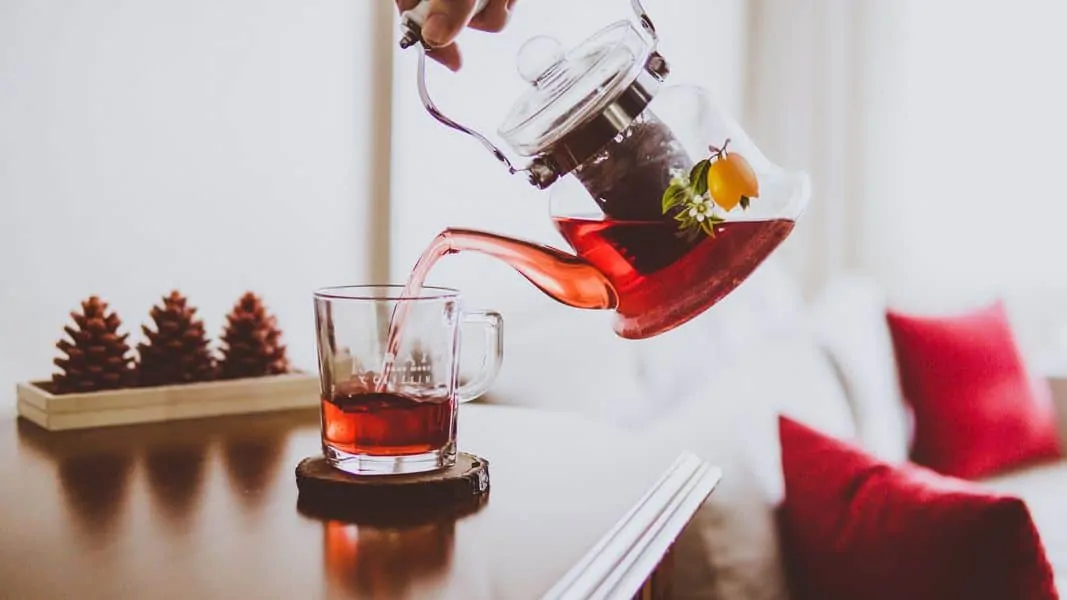
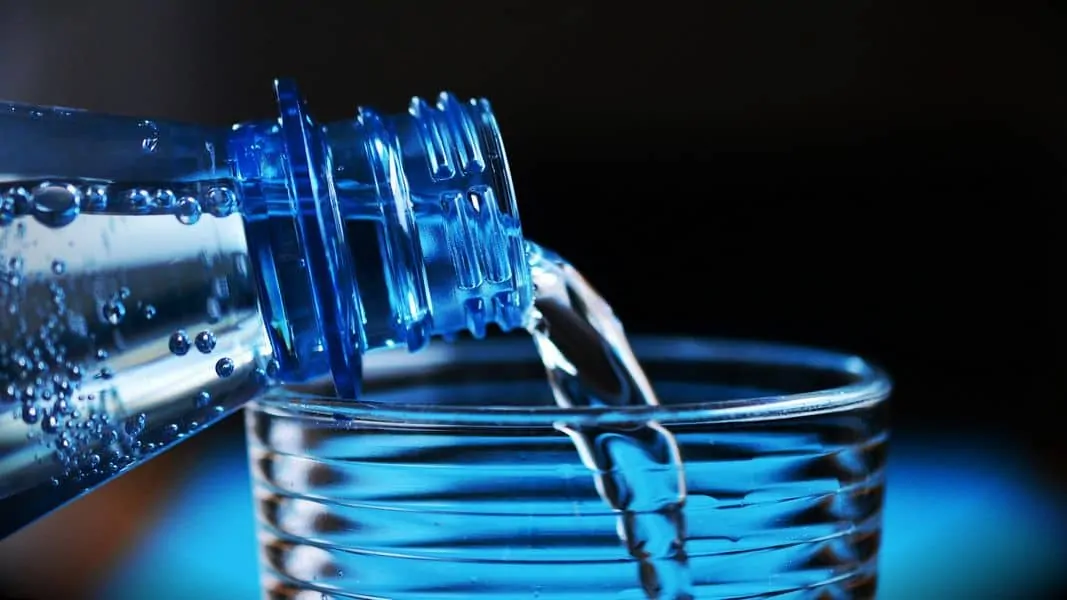
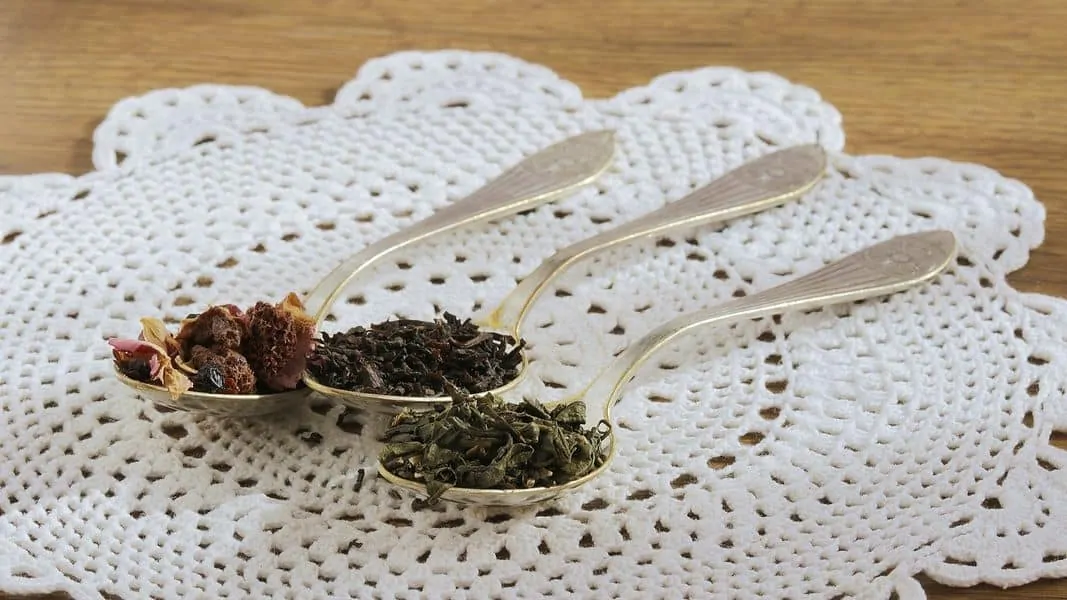
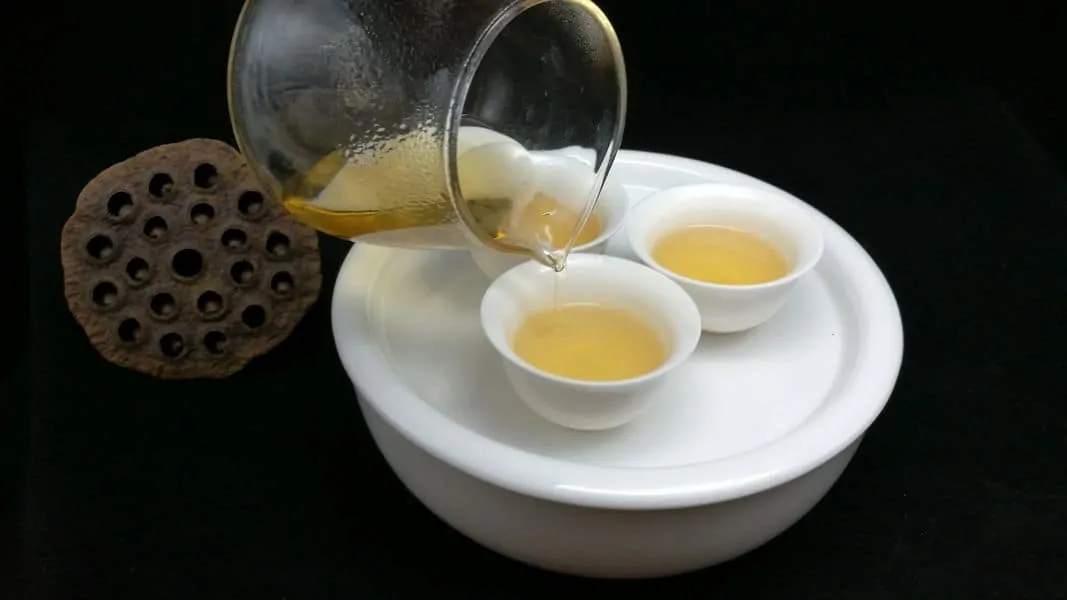
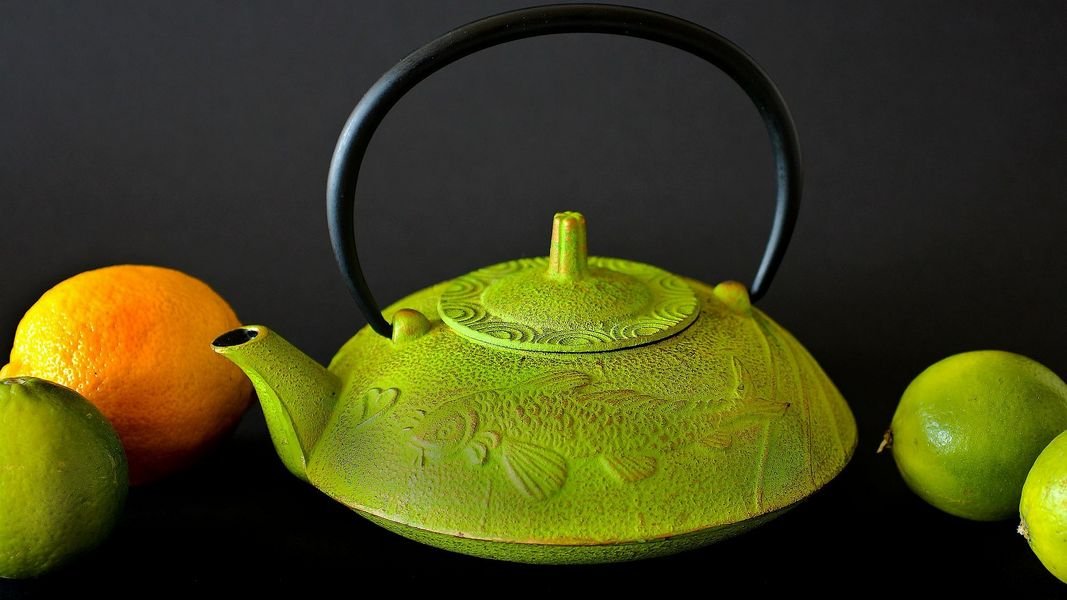
A good teapot, a strainer and a nice tea cups are all you need for a proper tea session. Avoid old teaware with unknown residues and invest more in a piece that will last for years. Volume, material and type will make brewing tea either very easy or very difficult. The best teapot for one person is usually around 200-400 ml. Our choice is a Japanese kyusu with a removable mesh because it’s easy to clean and handle, will last for years, and you can use it to brew almost any loose leaf tea. If you are a beginner, avoid tea vessels without handles.
The kyusu is one of my favorite teapots to use as well.
why do some irish people make tea in a teapot and boil the sh=t= out of it to make it stronger ?
Tastes differ, I suppose. That’s definitely not the way I prefer my tea either, though.
the last about “When water boils, it loses oxygen, which has a negative effect on the flavour of your tea” is wrong.
On a chemical level, oxygen concentration in water is near identical between water of 40 C and 100 C. In fact, boiled water can kill some microbes that may be in the water and decrease the hardness of it, so is inherently a good thing.
Otherwise this was a useful article – thanks.
If, like me, you want nice-looking China pots without the stains inside, soak it with a mix of hot water, LOTS of vinegar, and LOTS of baking soda (do this INSIDE a sink! It will overflow!) Stir often and add more of one or the other to help keep it fizzing, as needed.
Then scrub with a green scrub-backed sponge to remove all stains (they will now come off easily) and rinse several times. The last rinse should be with only boiling water, leaving it set for several minutes. This does NOT affect later batches of tea, as long as you rinse well and soak with boiling water AFTER rinsing.
You can also put tea balls, tea spoons, etc in the pot while it’s fizzing, to help clean them, too.
And use the same concoction on individual china cups for cleaning (put the fizzy mix in a large bowl, if the stains are also on the outside of the cups). Be sure to let the cups soak in the fizzy mix for several minutes before scrubbing, and also rinse well– incl boiling water– just as you would for the teapot.
I am amazed that this article doesn’t address the most common question and anxiety I hear, namely how high the water should be in the pot. Despite the carefully balanced statements of the author, the overwhelming majority of teapots in Western countries are in fact porcelain and of traditional shape. And I hear people perennially debating whether they are to be filled to the brim, to just above the interior spout opening, of somewhere in between. (I personally prefer the last as I find that filling to the brim makes pouring a bit more difficult). Weird this wasn’t addressed given the title of the column.
I’m an apprentice tea man that wants a cuppa that’ s not too strong and not too weak. And I would like some recommendations please
That’s so subjective; one man’s shave is another man’s trim. Try a sample pack of your favourite black teabags and branch off into things like Darjeeling or Russian Caravan.
At 17, I worked as the office junior at a Tea Company. One of my jobs was to make the mornng and afternoon cuppa for the Management and Office staff. I was taught how to make a decent/proper cup of tea by the Head Tea Taster, He was the man who tested and tasted all the tea samples from around the world to put into the blends of tea that were made by this company. I was taught that the kettle MUST be boiling and after putting sufficient spoons of tea leaves into the pre-warmed teapot (depending on how many cups were required) the teapot MUST be taken to the boiling kettle and the water poured, still boiling onto the leaves. It had to stand for 5 minutes before pouring into the cups. He always commented when I had done something incorrectly and congratulated me on the perfect cup of tea when I got it right. Watching him and his apprentice Tea Taster was fascinating. Two years down the track, we were the first company in our country to make the new and now popular Tea Bags, but I was never allowed to make our daily tea with them even though it was our product. It had to be Tea Leaves.